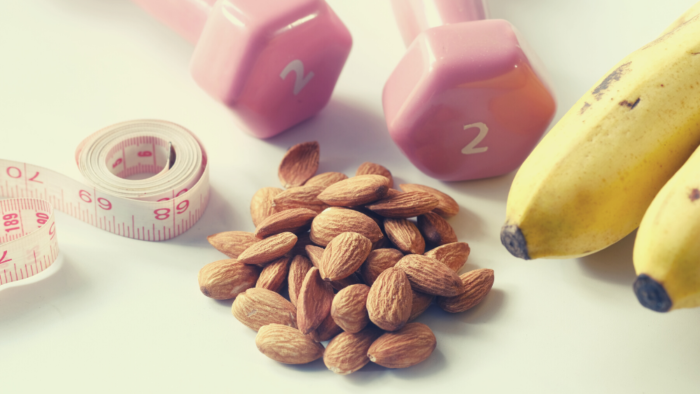Diet: The Third Foundation of Fat Loss
Dieting: The Third Foundation of Fat Loss (Part 3 of the 3 part series)
In the first part of the Foundations of Fat Loss series, we explored the exercise portion of fat loss, which builds your natural fat burning furnace, strength training.
In the Cardio- the Second Foundation of Fat Loss series, we covered the other half of exercise- cardio.
We learned how adding muscle fiber is crucial to fat loss, and how intensity trumps all in fat loss during cardiovascular exercise.
In the third part of this series, we will discuss the most crucial step of the fat loss process- your diet.

Dieting For Fat Loss
The bottom line in fat loss is managing your caloric intake. Specifically taking in less calories than you’re burning each day; and over a period of time.
I’ve often heard people apply the 80/ 20 rule to losing fat- “nutrition is 80 percent of the battle”.
I take it up a notch and lay it down as 90/10.
The reason is this- although physical activity burns a lot of calories, there’s a point of diminishing returns. I mean, you can only lift weights and perform the treadmill, bike or Stair Master for so long.
As Eugene says, “you can’t out- run a crappy diet!”
Correct. Nor would you want to. The body can only take so much pounding before your joints and ligaments hurt like hell.
We recently wrote about clients trying to use exercise to undo the damage they inflict on them selves with excessive food and alcohol.
So let’s dig in here and uncover five basic rules of diet, and learn how to put them to use.
First of all, food is more powerful than you think. Not only does it add up calorie wise, it also produces strong drug- like hormonal shifts.
Monitoring calorie intake while managing hormonal shifts are your ticket to fat loss.
5 Basic Rules of Diet for Fat Loss
Follow the simple guidelines below, where we put our five most basic (and important) diet rules into a neat little bundle, and we will put you on fast track for fat loss.
Rule# 1. Eat 5-6 small meals each day. Forget the “breakfast, lunch and dinner” social norm
It’s an ancient eating structure that was designed to fit the time and convenience needs many years ago. The Breakfast/ lunch/ dinner meal plan is far from optimal for health and fat loss goals.
Start thinking in terms of small meals and portion control.
A good mind-set to have is “the proper fuel for the next 3 1/2 hours”.
Eating smaller meals, frequently has many fat loss advantages. (Learn more about portion control here).
*Note: There’s an interesting paradox with your eating schedule. You can actually get great fat loss benefits from intermittent fasting as well!
Rule#2. Eat protein with every meal
Protein provides the proper amino acids that support muscle tissue- your body’s fat burning furnace.
Protein also stabilizes insulin, which is the hormone responsible for storage (including filling your fat cells with fatty acids. Stabilizing insulin levels ensures that more body fat is used as fuel.
Rule #3. Eliminate starchy carbs from your meals and substitute fibrous vegetables
This will immediately change the body’s biochemistry for the better, and will lower the enzymes and hormones that store fat.
The fibrous vegetables also increase your metabolic rate through the Thermic Effect of Food (TEF). Most fibrous vegetables use more calories up in the digestion process than they give the body to use as fuel.
Spices such as turmeric also have great benefits here.
Rule#4. Exchange calorie laden drinks with their “diet” equivalent
As Eugene spoke about in the weight loss checklist, you save a ton of calories when you eliminate those pesky calorie-laden beverages. A regular can of Coke contains 140 calories from sugar!
Wouldn’t you rather drink a zero calorie LaCroix and save all those calories? Heck, that’s saving 30 minutes of treadmill time!
Rule #5. Drink plenty of water
As Eugene also discussed; water is crucial to fat loss, for more reasons than you think!
Water is crucial to just about every process of the body, but one of the coolest fat burning values of water is that increases the rate of calorie usage by the body.
In fact, recent studies have shown that drinking 500 milliliters of water can increase the metabolic rate by 30%.
The extra calorie expenditure is due to the body having to bring the water temperature up (which takes energy to do).
So, aside from hydrating your body, drinking water can add up calorie- burn wise!
So that wraps up the Foundations series! These are the most basic foundational tips, and will help you get started for fast fat loss.
If you’d like our advanced package, please check out our Dirty Little Book of Dieting.
